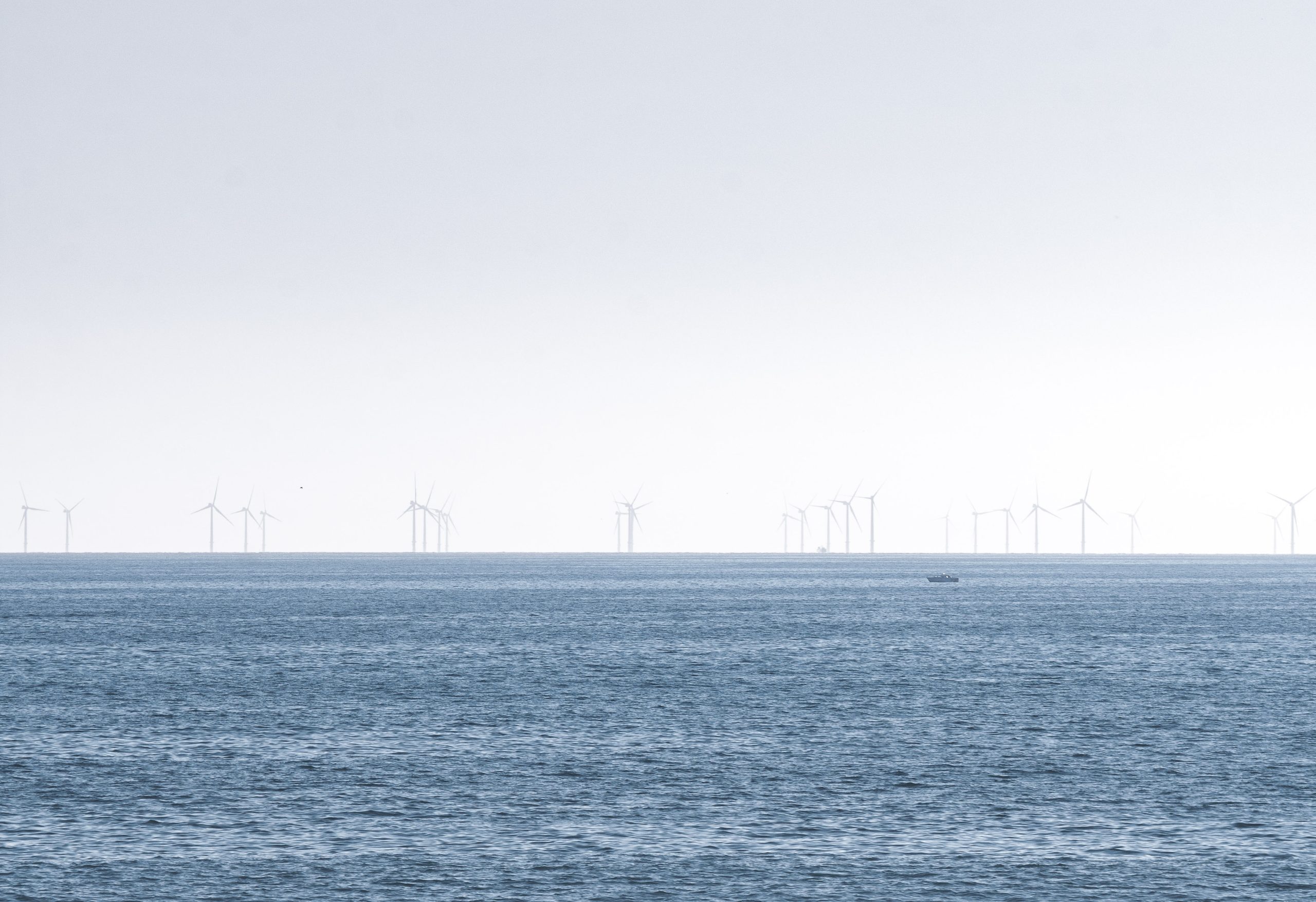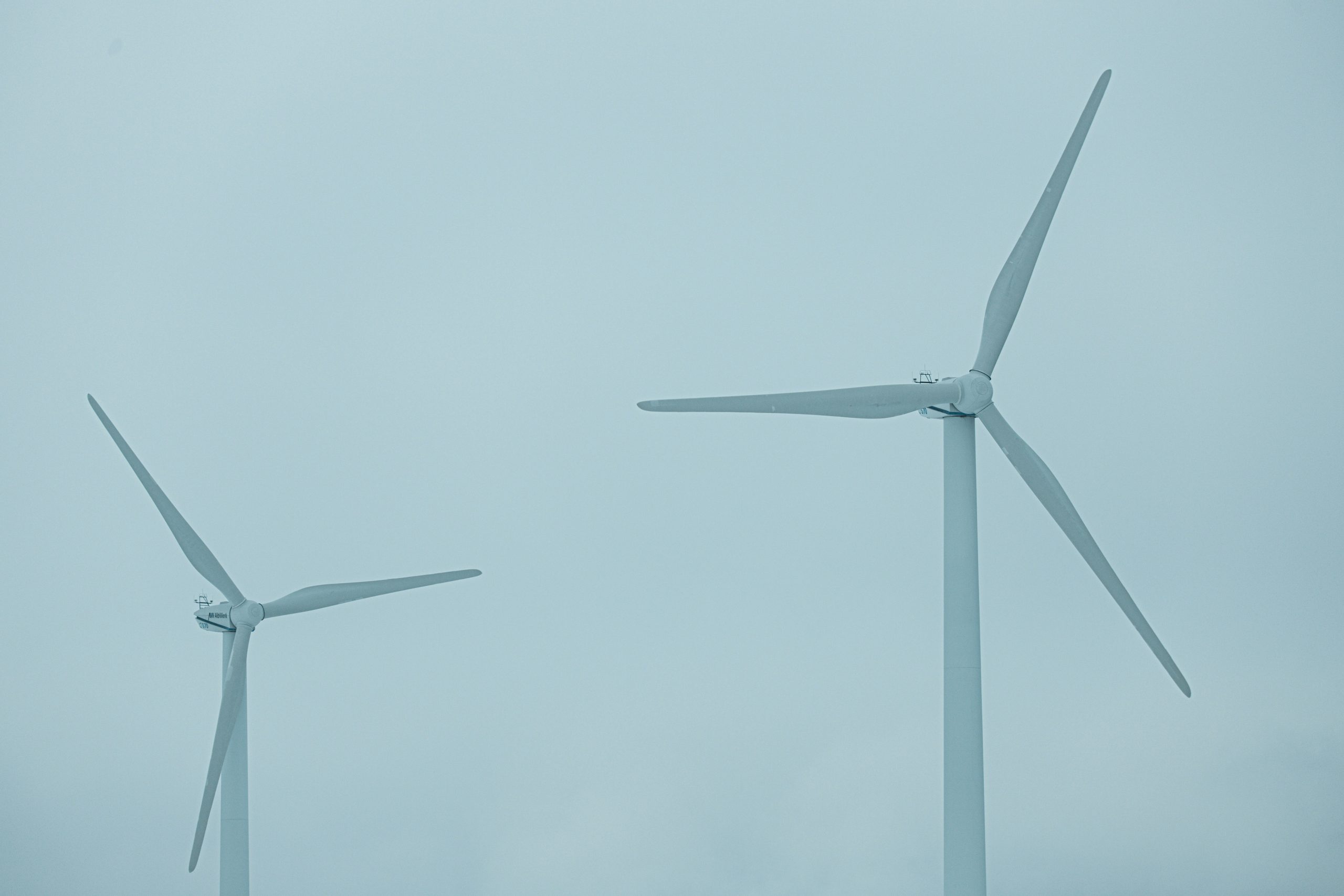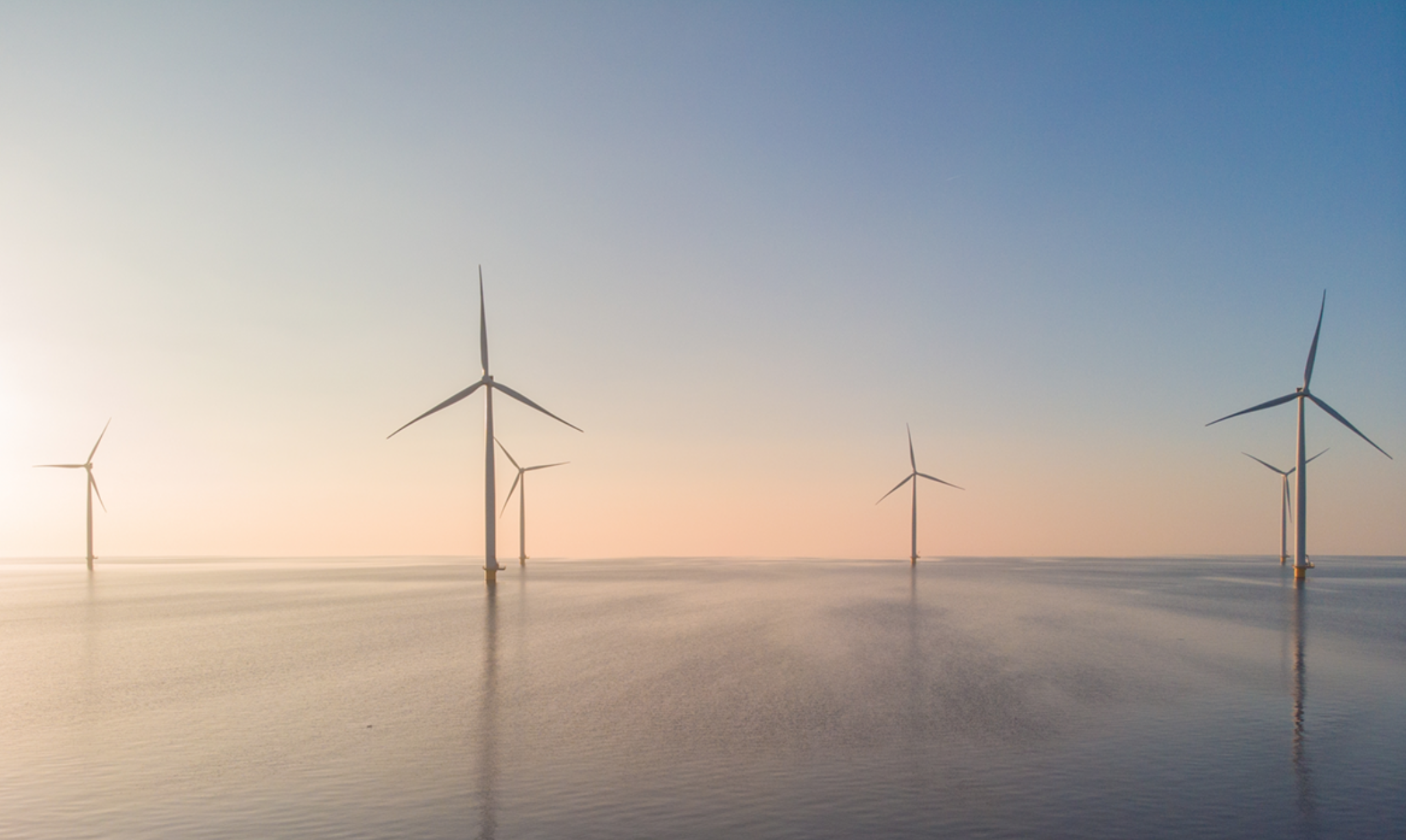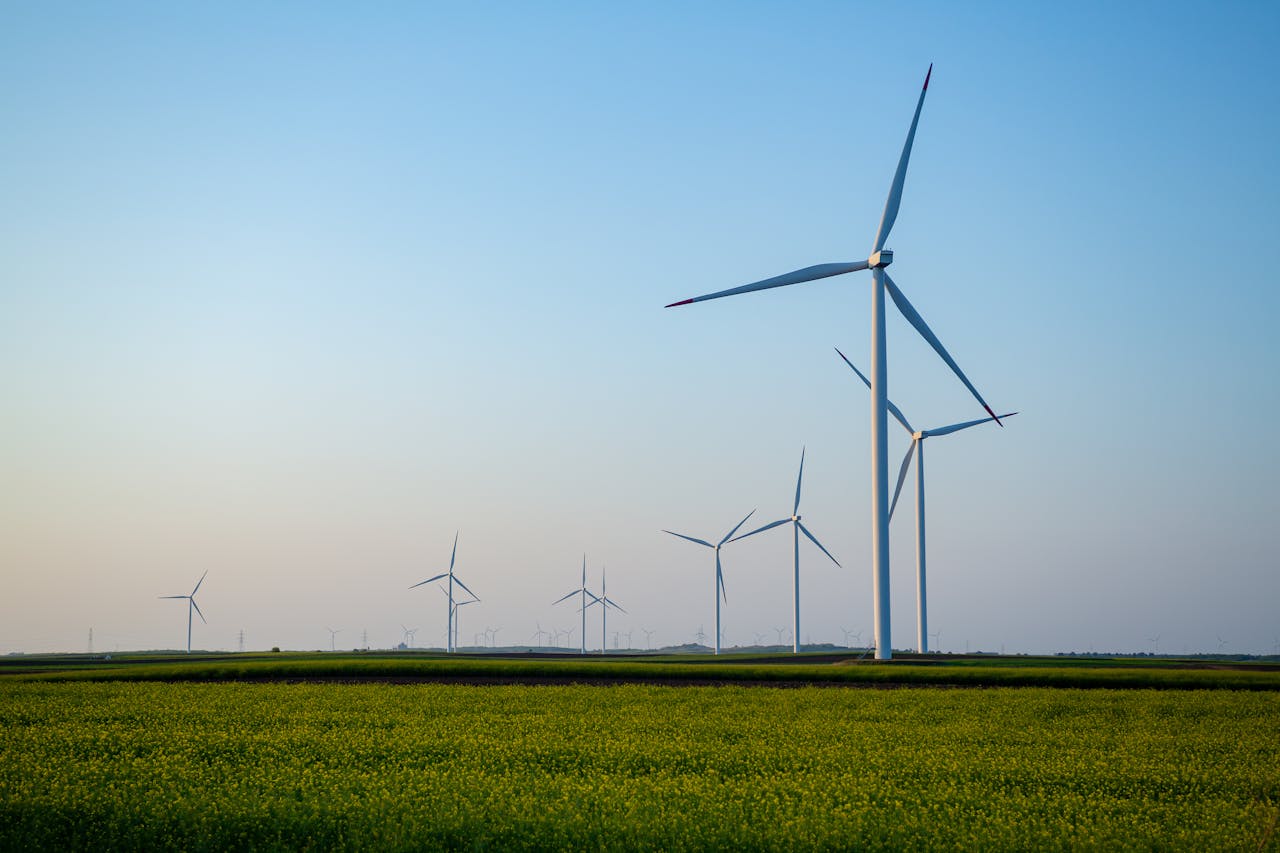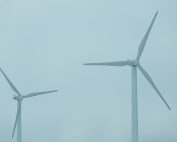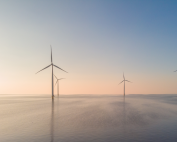The Lithuanian Government presented the results of its very first offshore wind auction. A consortium of the Ignitis Group and OceanWinds is the winner. They were willing to pay €20m to develop the project. It will most likely be operational by 2030. The consortium has received a permit to operate the site for 41 years.
Lithuania is the first of the Baltic States to turn its offshore ambitions into reality but its neighbours also have plans to build offshore wind before 2030. These new projects will be crucial for the region. Offshore wind will help the Baltics increase their energy independence, bring down electricity prices and get the resulting economic benefits. They will also be able to become an energy exporter instead of an importer. Estonia is already planning a subsea electricity cable to Germany to export electricity in the future.
While Lithuania is moving in the right direction with offshore wind, this auction did not apply the right auction design. First of all, developers had to pay for the right to build the wind farm. The negative bid of €20mn did not reach the levels we saw in Germany recently. Nevertheless, applying uncapped negative bidding leads to extra costs that need to be passed on to the supply chain and consumers who are already struggling.
In addition, the Government hasn’t done any of the site and environmental surveys yet – something that is common in other countries. This will add about two years to the project development timeline. This also meant that developers were bidding without much knowledge about important factors such as wind speeds and therefore potential electricity production. This decreased interest in the auction for many developers and only two parties entered a bid.
Developers will need to set aside at least €5m for environmental protection. And they need to offer support to local communities, handing over €1 per generated MWh to them. This is good as local communities will be able to benefit directly from the new wind farm.
Lithuania wants to organise another offshore tender later this year. They will apply a CfD model for that one. And they have already set the price range. Developers will be able to bid in between €64.31/MWh and €107.18/MWh. This is better. CfDs provide a more stable system for future offshore development than the one they used for this auction. Overall, the country is moving in the right direction and will benefit greatly from offshore wind.
WindEurope CEO Giles Dickson said: “It’s good to see Lithuania taking its first steps on offshore. It’ll help reduce their energy imports. And it’ll bring wider economic benefits including to local communities. But this tender could have been structured better. Negative bidding is not the way forward. It’s good that the next auction in September uses CfDs. This will generate more interest from other offshore wind developers.”
Source: WindEurope
